Fire Safety for the Elderly
“Providing Loving Care” is the goal of all our efforts in Jah-Jireh. Caring for the physical and spiritual needs of the elderly residents in our homes and ensuring their safety is paramount to us. Our Managers Meetings play a vital role in this.
Every month, a Managers Meeting is held where we discuss the needs of our residents, plan activities for their physical and spiritual care, talk about specific areas of focus and receive training that is invaluable to our residents’ care. We thought we would share some important points from our Managers Meetings to give you a glimpse of the thought and planning that goes behind caring for our dear elderly ones. We also hope some of this information will help you as you care for elderly family members at home. The focus of a recent meeting was Fire Safety. Here are some highlights.
Fire Safety Training
“Treat Fire With Respect!” was the title of an Awake! Article from 1979. Here is an excerpt from it:
“Certainly anything with such potential to provide benefits or cause great harm is worthy of consideration so that we may continue to call it our “friend.” Whether fire is our friend or foe depends a lot on the way we treat it and our having a basic knowledge of its causes.”
Understanding what causes fire hazards, how to prevent it and what we can do to handle it is vital, especially when it comes to a care home. The Regulatory Reform (Fire Safety) Order 2005 also stipulates that all employees of non-domestic setups must be provided adequate safety training, which must include “suitable and sufficient instruction and training on the appropriate precautions and actions to be taken by the employee in order to safeguard himself and other relevant persons on the premises.”
With this in mind, Fire Safety Training was an important part of the agenda of one of our recent Managers Meetings. Here are a few highlights of what the fire training included:
Staff were provided fire training questionnaires to test their knowledge of fire safety regulations.
All senior staff were given refresher fire training by an external fire safety expert.
Fire drills were conducted where we familiarised ourselves with emergency evacuation plans and practical steps to ensure the safety of residents as well as staff.
An important aspect of the fire safety training was to understand how to deal with behavioural changes in response to a fire hazard. The Behaviour that Challenges - CP05 policy or procedure information was discussed. We learned practical ways in which to assist people who might panic, get agitated or resist help in the event of a fire. This is crucial to safe evacuation and ensures that our residents will be safe in all eventualities.
Interesting Fire Safety FAQs
The fire training questionnaire had some excellent answers to some important questions that you may have too. Here are a few of them:
Q: Which three areas in the home are considered to be the most vulnerable to fire hazard?
Kitchen, Boiler Room and Laundry
Q: Can you think of any obstacles in the home that could create an obstruction in an evacuation internally / externally?
Doors blocked, rubbish and clutter lying around, wheelchairs etc.
Q: Why should you use the back of your hand when testing for heat on a surface?
If the surface is hot, the palm will automatically close around the area burning the hand. Using the back of the hand will prevent this.
Q: Would you feel confident to call the fire brigade? What information would they need from you?
Full postal address and an explanation of the full problem, including the extent of the spread of fire.
Q: What can you do to assist the fire brigade?
Meet them at the door. Pass on as much information as possible. Make sure doors are unlocked. Give them a description of anyone who hasn’t been accounted for.
Q: Why should you not dial the fire brigade directly?
It isn’t the quickest way to connect to the fire station. Calling 999 is the best option.
Q: What should you do when entering a room where there is suspicion of fire?
Feel for heat from the door, smell, look and listen for signs of smoke or fire.
Q: Why should you not touch the horn or connecting pipe when using a carbon dioxide fire extinguisher?
This may cause cold burns
Q: What piece of equipment would you use to extinguish a chip fryer fire?
A fire blanket
Tips to Help Fire Safety of the Elderly
Here are some tips that could help you make a fire safety plan for your family, especially if you have an elderly family member with you.
Stay Safe
We hope these tips help you too. As we hear of forest fires and other reports around the world, we can see that fires going out of control are a very real danger. Let us do everything we can to keep our families and our elderly ones safe. We would love to know what practical steps have helped you care for the elderly when it comes to fire safety.





